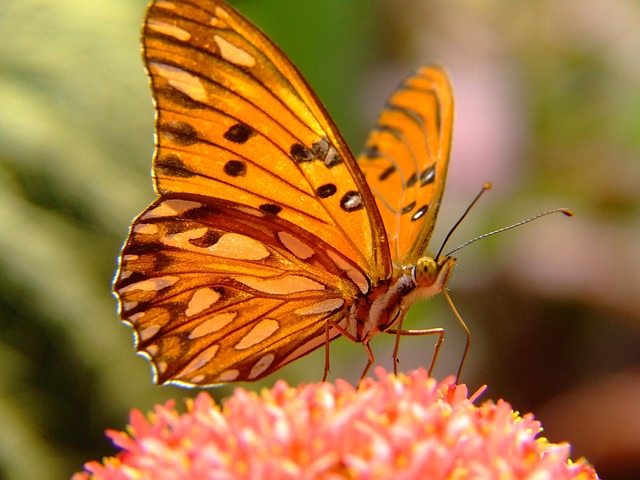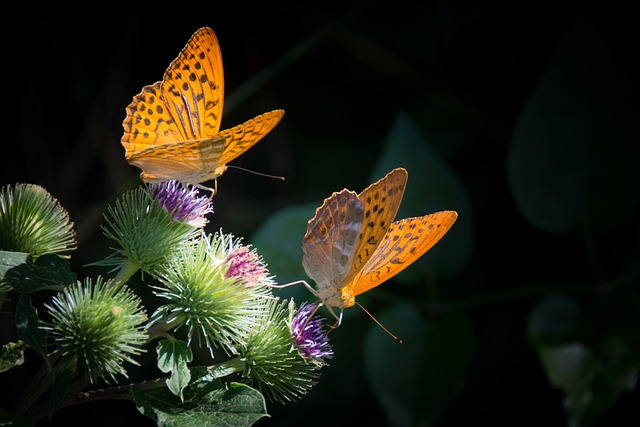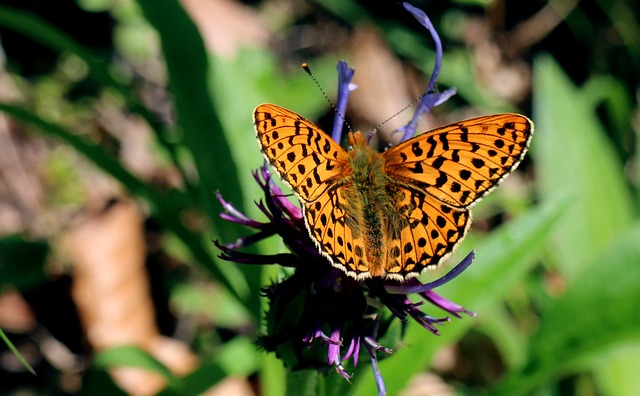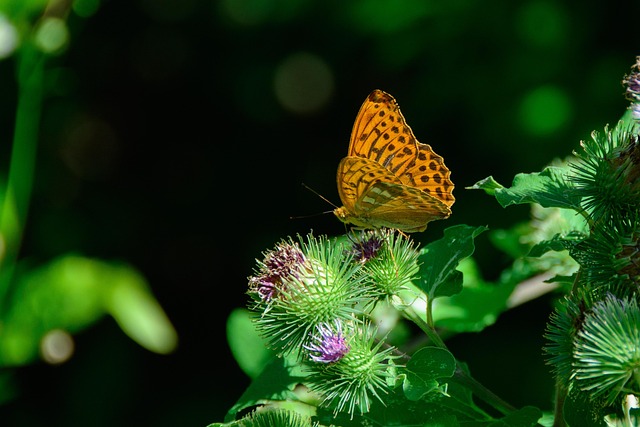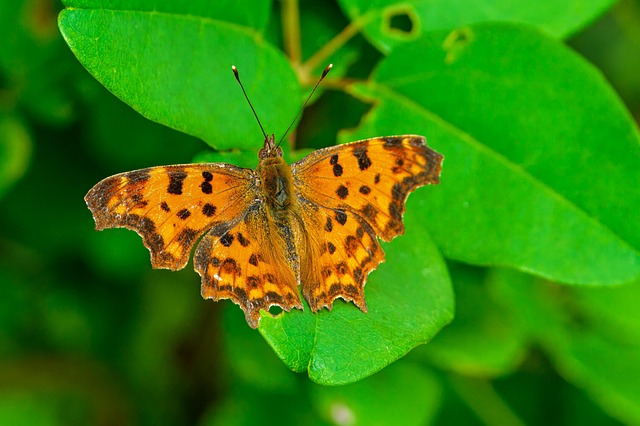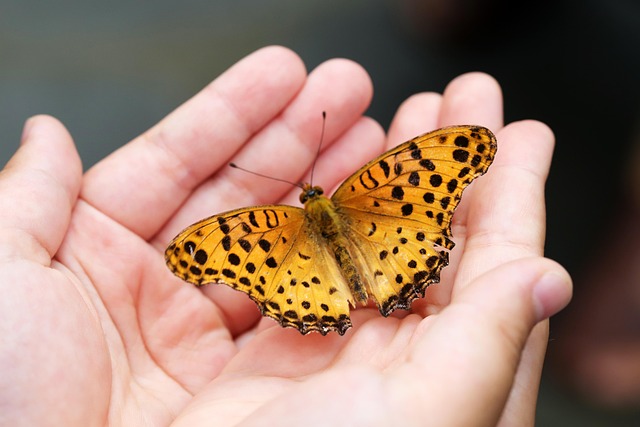More than half of the UK’s butterfly species are now in long-term decline, with experts attributing the crisis to human activities. The UK Butterfly Monitoring Scheme, a project led by conservation groups, has revealed that 2024 was the fifth worst year on record for butterfly populations. Of the 59 species monitored, 51 saw declines compared to 2023, while only six recorded an increase. The small tortoiseshell, chalk hill blue, and small copper were among those suffering their worst year to date.
++ Frog palace created by Australian man using 3D printer becomes TikTok sensation
The monitoring scheme, run by Butterfly Conservation, the UK Centre for Ecology & Hydrology (UKCEH), the British Trust for Ornithology (BTO), and the Joint Nature Conservation Committee (JNCC), has been tracking butterfly populations since 1976. Findings show that 2024 was the second worst year for common garden and countryside species, including the common blue and large white. While butterfly numbers naturally fluctuate due to weather patterns, long-term data indicate a worrying trend. More than half of the UK’s species are now in long-term decline, with the small tortoiseshell seeing an 86% drop since records began.
Experts warn that habitat destruction, pollution, pesticide use, and climate change have left butterfly populations more vulnerable to adverse weather. Dr Richard Fox from Butterfly Conservation expressed deep concern over the findings, stating that human actions have significantly reduced butterfly habitats. Conservationists stress that butterflies are crucial indicators of ecosystem health, and their decline signals wider environmental issues. The grizzled skipper and small pearl-bordered fritillary, both on the UK’s “red list” of endangered species, experienced their worst recorded year in 2024.
++ Marine Le Pen sentenced to jail and banned from 2027 election
In response, Butterfly Conservation has declared a nationwide “butterfly emergency” and is urging the public to take action. Dr Fox highlighted the importance of creating more natural habitats, calling on individuals and local councils to allow grass to grow wild from April to September. Studies have shown that this simple step can significantly boost butterfly numbers, particularly in urban gardens and agricultural areas. Dr Marc Botham, a butterfly ecologist at UKCEH, reinforced the need for continued monitoring, emphasising that butterflies serve as vital indicators of environmental health, making their conservation efforts crucial for the future of UK wildlife.
